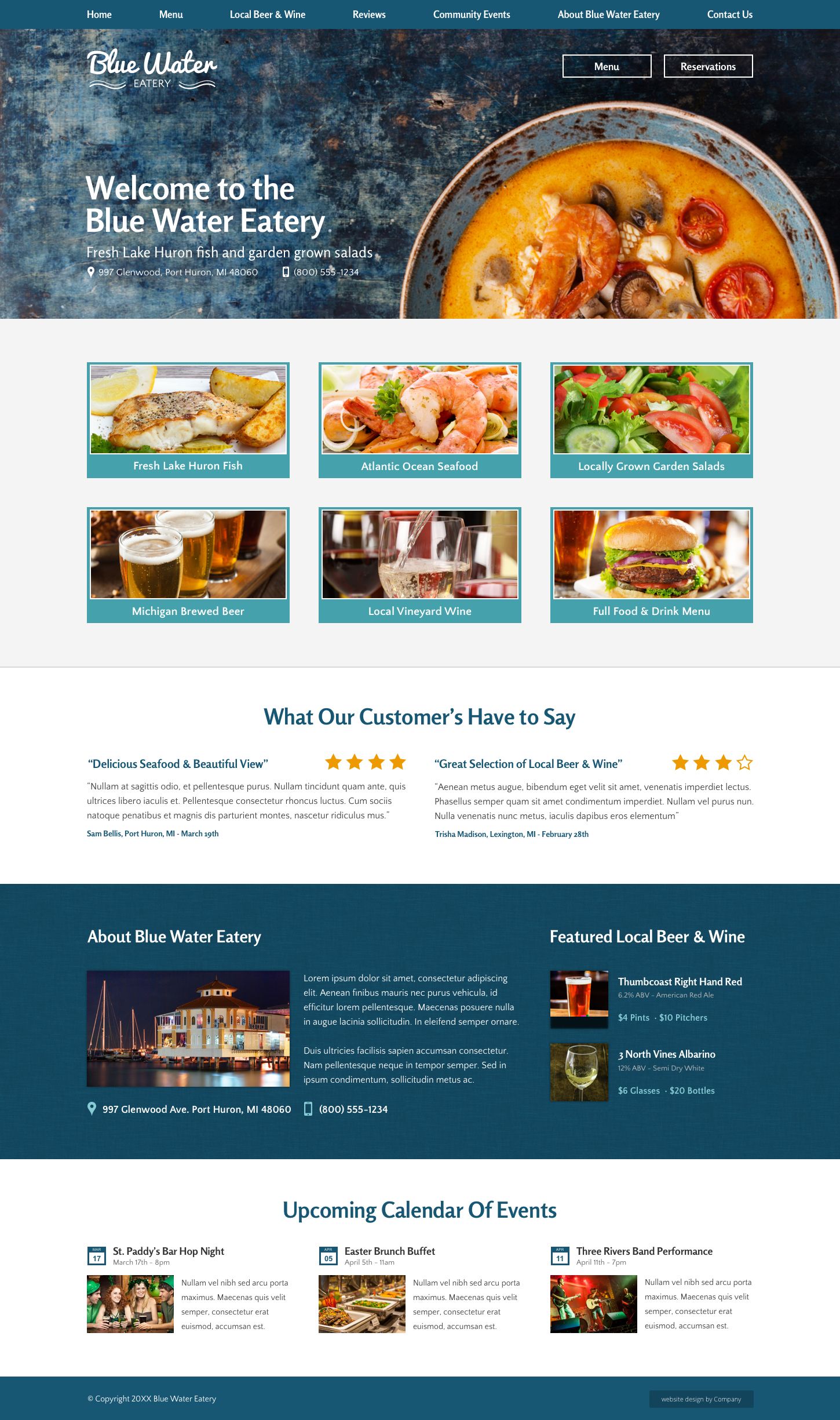The Future of Digital Marketing: Welcoming Modern Website Design Trends
The Future of Digital Marketing: Welcoming Modern Website Design Trends
Blog Article
Comprehending the Role of Responsive Layout in Modern Web Site Development
In today's electronic landscape, responsive design is no more a luxury yet a necessity in website growth. As customers access web sites from a variety of devices, from large desktop checks to pocket-sized mobile phones, making certain a appealing and regular individual experience is paramount. Responsive layout accomplishes this by using adaptable designs and scalable media, satisfying the nuanced requirements of each tool. The significance of responsive style expands beyond individual experience-- it is also a vital variable in search engine optimization and accessibility. Exactly how specifically does it affect these locations, and what strategies ensure its effective implementation?
Relevance of Responsive Style
In today's electronic landscape, the relevance of receptive layout in web site advancement can not be overstated. As consumers increasingly rely on a variety of gadgets-- ranging from computer to smartphones and tablet computers-- making certain a smooth individual experience across all platforms has actually come to be essential. Receptive layout enables sites to instantly change their layout and functionality based on the display dimension and alignment of the gadget being utilized. This adaptability boosts individual interaction and fulfillment by offering consistent accessibility to material without requiring hand-operated modifications such as zooming or scrolling.
Furthermore, receptive design is critical for seo (SEARCH ENGINE OPTIMIZATION) Look engines like Google prioritize mobile-friendly internet sites in their search results page, meaning that a responsive layout can considerably influence a site's exposure and ranking. This optimization not just enhances the customer experience but likewise drives natural web traffic and increases the capacity for conversion and earnings generation.
Furthermore, receptive layout uses organizations a cost-efficient solution by getting rid of the demand for multiple variations of a site. By enhancing internet development processes and minimizing maintenance initiatives, companies can assign sources much more successfully, eventually bring about improved roi. Therefore, receptive style is essential in today's competitive digital atmosphere.
Trick Components of Responsive Layout
To properly implement responsive design, it is necessary to concentrate on numerous crucial elements that ensure optimal functionality and individual experience throughout varied tools. Among the basic parts is the adaptable grid design, which permits developers to produce fluid grids that immediately change to various screen sizes. This makes sure that material preserves proportionality and readability, despite the device being used.

In addition, touch-friendly navigating is essential for receptive layout. Applying conveniently tappable switches and user-friendly gesture controls enhances usability on touchscreen gadgets. Prioritizing performance optimization is additionally critical, as it boosts loading times and lowers bounce prices, specifically on mobile connect with variable rate.
Lastly, using a mobile-first technique makes certain that the design is initially enhanced for smaller screens before expanding to accommodate desktop computers. This approach ensures that necessary performance and aesthetic appeals are maintained throughout all systems, ultimately enhancing the total user experience.
Influence on Customer Engagement
Receptive style significantly affects user interaction by enhancing availability and complete satisfaction throughout various gadgets. By ensuring that a web site's design adapts flawlessly to different display dimensions, view it responsive style allows individuals to access material easily, whether they are making use of a desktop computer, tablet, or smartphone. This adaptability decreases the requirement for unneeded zooming or scrolling, giving a more positive and intuitive browsing experience. Therefore, individuals are more probable to remain on the website much longer, explore additional pages, and communicate with the material, every one of which are vital indications of increased engagement.
Additionally, responsive design adds to much faster page loading times, which is important for keeping user rate of interest. Individuals are a lot more inclined to desert a site if it takes too lengthy to tons, particularly on mobile gadgets. By optimizing efficiency for diverse systems, responsive layout lessens packing delays, maintaining users involved and decreasing bounce prices.
Search Engine Optimization Perks of Responsive Design
While enhancing individual experience is a key goal, receptive design likewise plays an essential function in boosting a website's search engine optimization (SEARCH ENGINE OPTIMIZATION) Receptive design guarantees that a web site adapts to numerous screen sizes, removing the need for separate mobile and desktop versions.
Moreover, receptive layout help in faster web page loading times, a vital aspect in search engine optimization. Internet search engine prefer websites that pack swiftly, acknowledging that individuals are most likely to desert websites that take too lengthy to show. By using receptive style, programmers can optimize images and improve material, making sure reliable loading and boosted online search engine positions.
In addition, a natural URL structure across tools streamlines the indexing process for search engines, enhancing crawl efficiency. This harmony in URLs enhances read here a website's authority and reliability, resulting in boosted presence in search engine result. In recap, responsive design is not merely a fad but a fundamental element of SEO strategy, making sure websites are both user-friendly and search engine compatible.
Implementing Responsive Design Approaches
In the realm of contemporary internet advancement, implementing responsive design techniques is comparable to crafting a versatile canvas that adjusts perfectly to numerous display measurements. Another crucial technique involves employing media inquiries, which make it possible for programmers to use various styles based on the features of the tool, such as resolution, size, and height.
Responsive images and media are also essential parts. By utilizing techniques like CSS media questions and the HTML 'picture' component, designers can serve properly sized pictures based upon the individual's tool, optimizing tons times and enhancing customer experience. In addition, browse around these guys the consolidation of liquid typography makes sure that text is readable and cosmetically pleasing on any kind of display, accomplished through scalable devices like 'rem' and 'em'.

Conclusion
Responsive design makes up an essential element of modern website advancement, considerably enhancing customer experience throughout a variety of gadgets. Inevitably, implementing receptive design strategies makes sure enhanced accessibility and usability, rendering internet sites more user-centric and reliable.
To efficiently carry out responsive layout, it is essential to concentrate on a number of essential components that guarantee optimum capability and customer experience across diverse tools.Responsive design substantially affects customer interaction by enhancing ease of access and complete satisfaction throughout different devices. By making sure that a web site's format adapts perfectly to various screen sizes, receptive style allows customers to access web content effortlessly, whether they are using a desktop, tablet, or smartphone.While improving individual experience is a primary goal, responsive layout additionally plays an essential role in improving a site's search engine optimization (SEO)Responsive layout constitutes a vital element of contemporary website growth, significantly enhancing user experience across a variety of gadgets.
Report this page